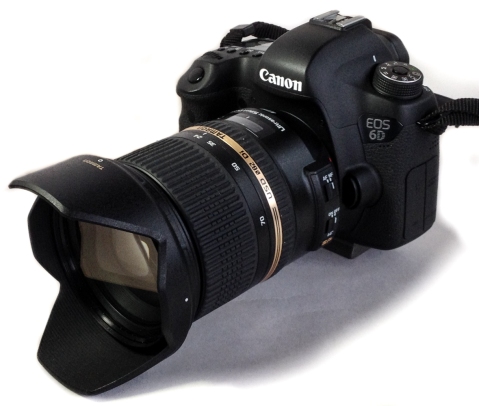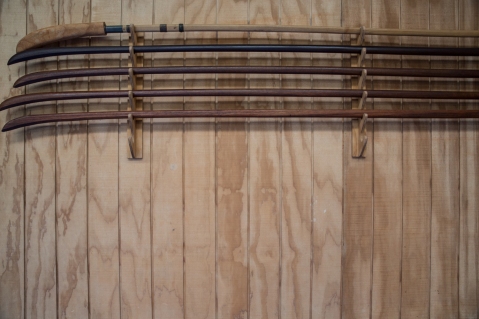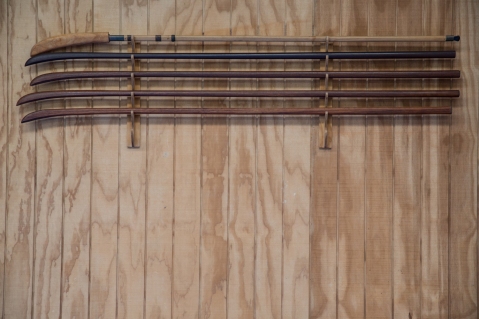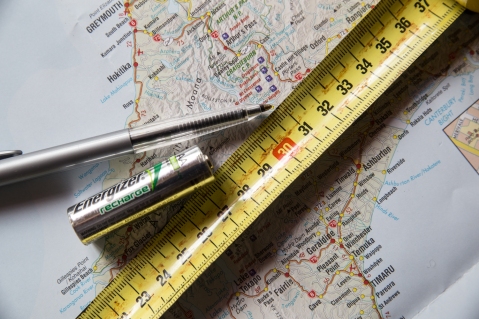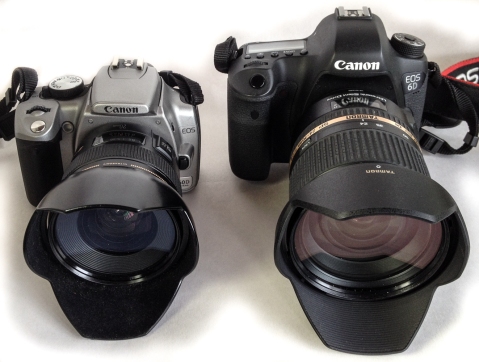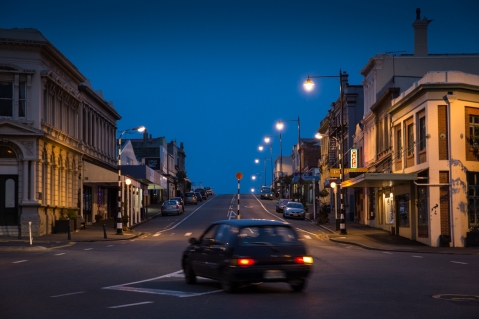Tamron SP 24~70 Di VC USD Review
This is going to be a quick review of this lens. There’s not a lot to say since the lens pretty much works as advertised. I’ve used this lens for a couple of months and have tested it and compared it to my other lenses.
The lens is intended as a ‘walk-around’ workhorse for full frame cameras and is in direct competition with Canon and Nikon offerings. The first point to make about the lens is the cost. Canon’s 24~70 f2.8 has a list price in NZ of $3,390, Nikon’s 24~70 f/2.8 is $2,400. The Tamron is only $1,398. Of course all of these lenses would be available cheaper if you shopped around, so this is for comparison only.
The focal length range is very useful. At the wide end 24mm gives you a decent wide angle. I find 28mm a little conservative, and I much prefer 24mm. At the long end it is just long enough for looser portrait shots. With a wide maximum aperture you have plenty of scope for shallow depth of field shots. But if you have an APSC camera (Canon 700D, Nikon D5200 and similar) the focal length range is not so useful, taking you only from standard to moderate telephoto range, with no wide-angle)
At first glance the lens looks like it would be the ideal companion to a Canon 6D or Nikon D610.
In terms of sharpness the lens performs very well. The lens is as sharp as my prime lenses. In the centre the lens retains its sharpness very nicely except for the most extreme apertures. In the corners there is some loss of sharpness and vignetting at wide apertures, but compared to other lenses this is nothing more than what one could expect. Stopping down from f2.8 to f/3.2 produces a noticeable improvement with very little loss of light. The lens performs brilliantly at f5.6 and f/8, with only a slight fall off in quality as you move away form the ideal apertures.
The lens does exhibit some rather obvious barrel distortion at the wide end and pincushion distortion at the 70mm end. Seeing the rather obvious results on my shots of a test chart I went into the dojo and photographed a rack of naginata – this subject being full of horizontal and vertical lines which should be about the worst case scenario to show this up. Fortunately the results are not nearly as bad as I expected. You can see the distortion if you look for it, but it’s not too much in the way, especially considering the subject.
Can you tell which is which? I’m sure you can if you know what you are looking for, but if you can’t, then the distortion will never worry you. The distortion can also be corrected by applying the Lens Profile correction in Lightroom.
In terms of construction the lens is well put together, and feels more solid than most Tamron lenses I’ve used in the past. The switches for manual/auto focus and the on/off switch for the VC (image stabilisation) are a little small and fiddly. For the VC this is not a problem since it is not something that I would want to accidentally knock out of place, but I would prefer a more accessible autofocus switch since this is one control that I will access during shooting.
The focus ring can be adjusted during autofocus, but the manual warns against doing so, saying that this could cause damage to the autofocus system. This does seem a little confusing – if indeed the lens can be damaged this way it would be a very easy mistake to make, especially if you did not bother to read the manual. The auto focus is fast and silent.
The closest focusing distance is not a true macro lens, but better than I expected for a general purpose lens. The shot below will give you a practical idea of how close you can get. The battery is an AA size.
The lens appears to be weather sealed, but to what extent it is I do not know. I don’t plan to leave it out in the rain, but it’s nice to know there is some attempt to prevent weather damage in the design, should an emergency arise.
The lens is not small. when you put it on a full size DSLR you have quite a big camera – here the lens is mounted on a 6D, beside a more compact Canon 350D.
But overall how do I think it stacks up?
I think this is an excellent lens. The image quality is excellent. The fiddly auto focus switch is the only real niggle I have with it, but I can live with that especially at the price.
And the price really is an issue. What we have here is a well built 24~70 with great optical performance and good build quality that is half the price of the Canon or Nikon lenses, and it is stabilised. Neither the Nikon or Canon equivalents are stabilised and that really sets the seal on the lens for me. Stabilisation is a really important factor in low light photography. I always seem to be shooting in situations where there is not enough light, and I know form the student work I see that this is true for most people.
So we have to ask… I’m sure the Canon and Nikon lenses are very nice – but why would you pay twice the price for a lens that is probably no better optically than the Tamron, yet is not stabilised?
In short this lens would seem to be the obvious lens to own if you have a Nikon 610 or Canon 6D. And the more I think about it I can’t see why you’d want to spend more money even if you had a 5DIII or D800E
The shot below is taken at 70mm, f/5, 1/30th of a second at 1600 ISO. I could have probably dropped down to f/8 or maybe even f/11 if I had needed more depth of field, but if the lens had not been stabilised I’d probably be thinking about opening the aperture until I had a higher shutter speed.

